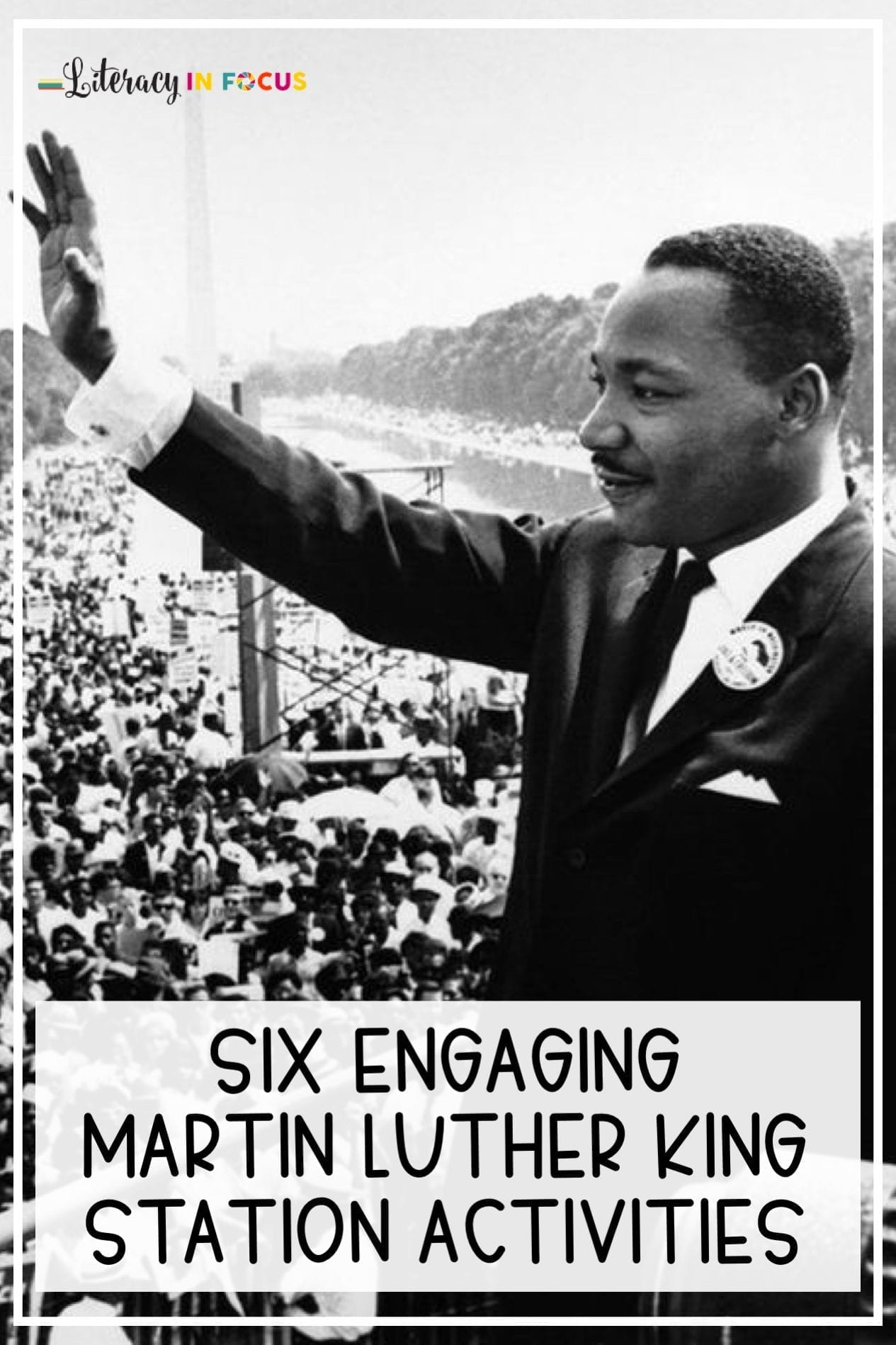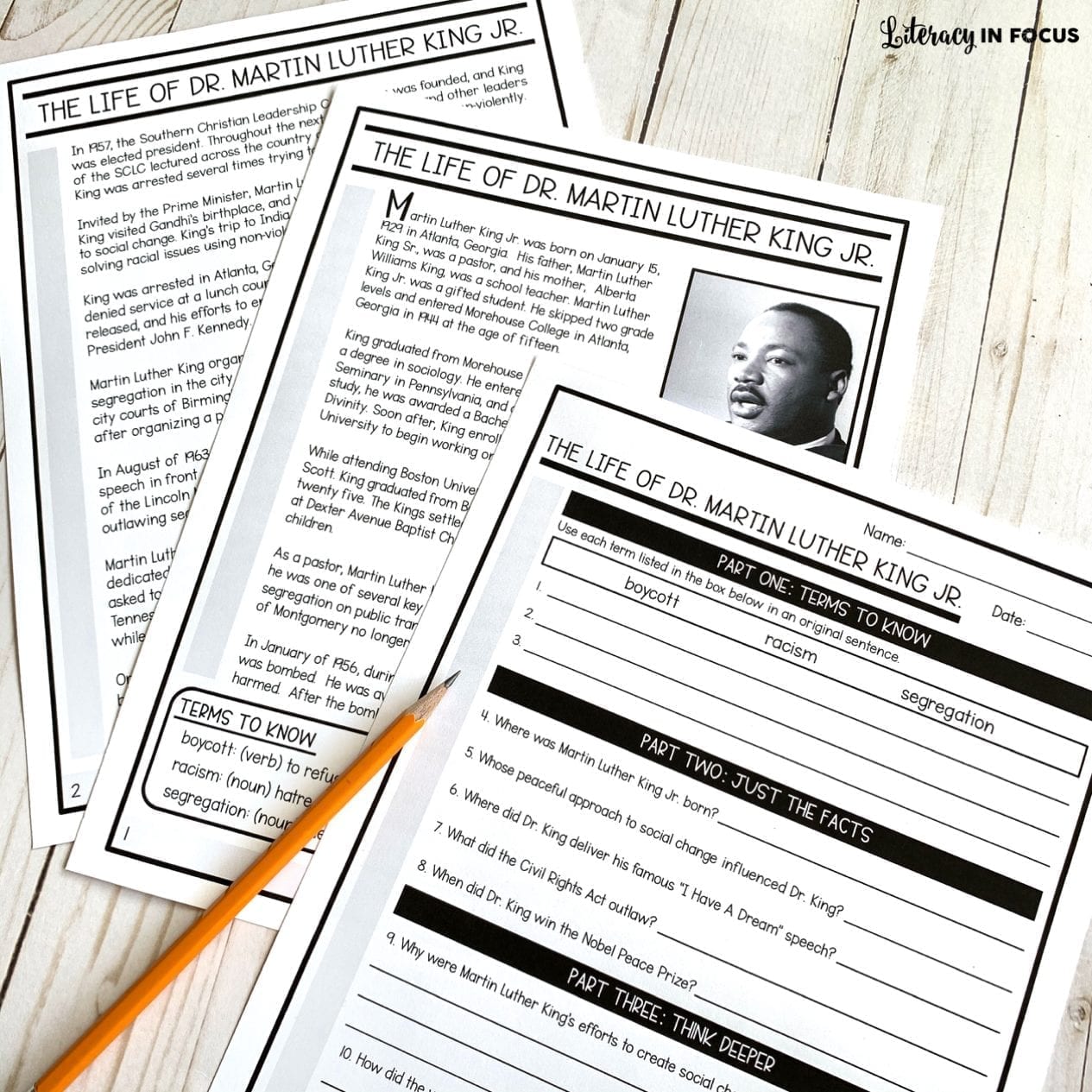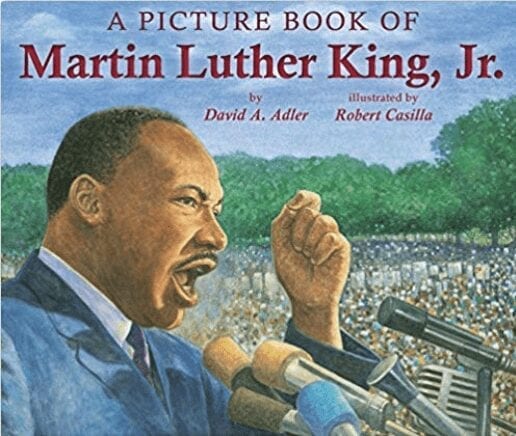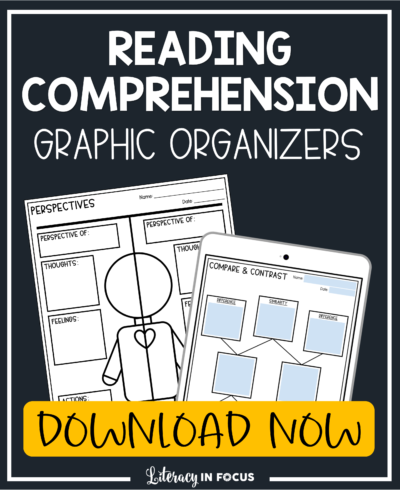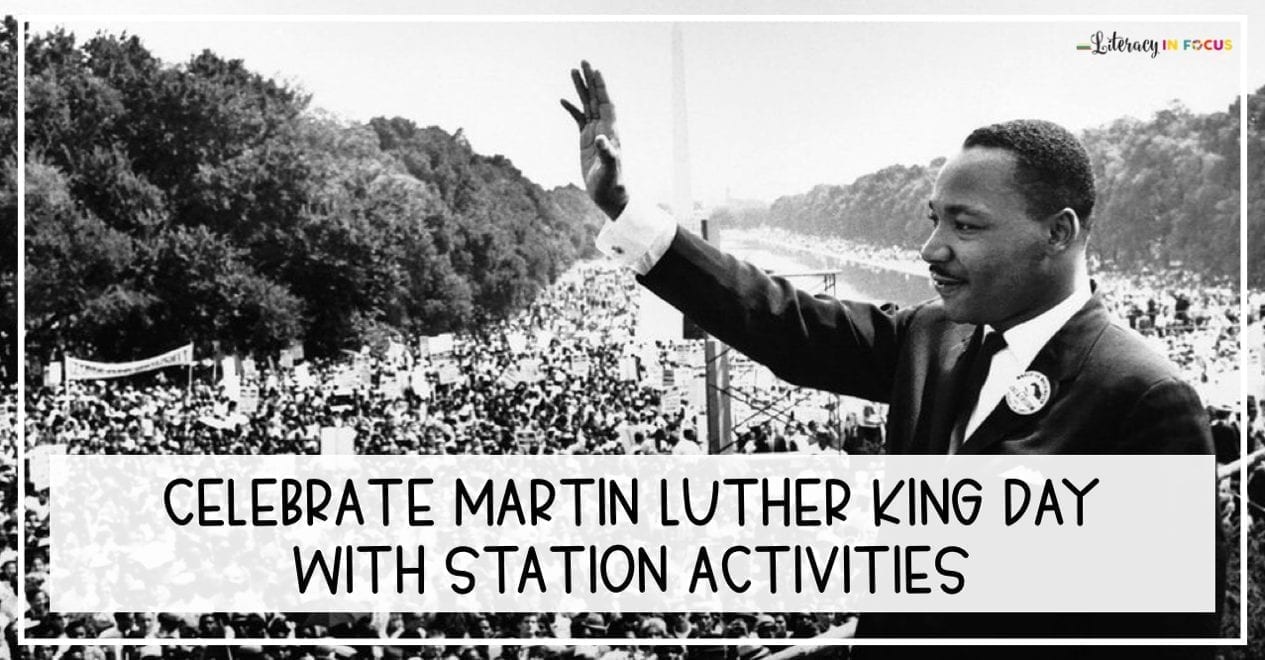
Students love station activities. There’s something magical about getting up and moving around the room that keeps even the most distracted of students on-task and focused. It’s a nice change of pace, and it gives students an opportunity to take control of their own learning. Creating learning stations that focus on the importance and history of Martin Luther King Day will allow you to acknowledge the holiday while incorporating all of the necessary standards-based skills you would typically include in a student-centered lesson. Station activities are a great option when time and resources are limited. It’s difficult to take time off to acknowledge or celebrate all the holidays throughout the year. The activities described below will allow you to honor Martin Luther King Day without missing a moment of instructional time.
Since Martin Luther King and the Civil Rights Movement might not be a current topic of study for your class or grade level, it might be a good idea to provide your students with a brief overview of the history and events that took place during that specific time period. This video from the History Channel is only five minutes in length and will provide your students with sufficient background knowledge to effectively rotate through the station activities.
Station One: Close Reading
Getting a chance to work with students in small groups is one of the reasons I love station activities. Take advantage of the small group setting and use Martin Luther King content to focus on reading comprehension skills. A short biography or piece of informational text highlighting the life of Martin Luther King will work well. During the close reading, your students will read the text three times, focusing on a different comprehension skill each time (ie: main idea, vocabulary, and text-based evidence). Completing the close reading in a small group setting will give you the opportunity to assess individual student progress and needs. Click here to read more about the benefits of close reading and to download a free graphic organizer you can use at this station.
Station Two: Quote Analysis
Choose three to five quotes from Martin Luther King’s “I Have A Dream” speech for students to analyze. I’ve listed three strong quotes below if you want to use those. When requiring students to analyze quotes, it’s important to provide the right amount of structure. Too much may stifle creativity and too little may cause overwhelm. I like to have students do four things: copy the quote, paraphrase the quote in their own words, explain the quote’s meaning, and apply the quote to their lives. Dividing a paper into four separate columns, a column for each level of analysis, works well. Along with providing the quotes at the station, you can also provide an example of the four columns. That way, students will not waste time trying to figure out how to set up their paper. Most likely, your students will also need access to dictionaries at this station.
“Now is the time to make real the promises of democracy. Now is the time to rise from the dark and desolate valley of segregation to the sunlight path of racial justice. Now is the time to lift our nation from the quicksands of racial injustice to the solid rock of brotherhood” (King).
“I have a dream that one day even the state of Mississippi, a state sweltering with the heat of injustice, sweltering with the heat of oppression, will be transformed into an oasis of freedom and justice” (King).
“I have a dream that my four little children will one day live in a nation where they will not be judged by the color of their skin but by the content of their character” (King).
Click here for more MLK quotes and writing prompts!
Station Three: Found Poetry
At this station, students will have a chance to realize the power of language. Using words from Martin Luther King’s “I Have A Dream” speech, your students will create a meaningful found poem. Found poems take existing texts and refashion them, reorder them, and present them as new poems. In order to avoid overwhelm and for the sake of time, I would provide students with several robust excerpts rather than have them work with the entire speech. That being said, student abilities differ, so your found poetry station might look different than mine. The format is also up to you. You can let students get really creative and provide colored pencils, markers, stickers, and paper. Or, if you have access to computers, ReadWriteThink.Org has an application called Word Mover that pre-populates the words from Martin Luther King’s speech, allowing students to rearrange them to create personal found poems. Format aside, the concept is the same: students have an opportunity to engage with Martin Luther King’s speech, work with language, and realize the power of words.
Station Four: Vocabulary
Give your students an opportunity to work with new vocabulary in context. There are so many tier two and tier three words that apply to the Civil Rights movement. Why not take advantage of the learning opportunity? In terms of a specific vocabulary activity students will complete at this station, the options are endless. You can find a word search online, have students complete divided circle maps (definition, synonyms/antonyms, sentence, picture) for a pre-selected list of words, use a Martin Luther King Day x-word puzzle, or you can let students get creative and make a visual glossary. If you want ready-to-print vocabulary worksheets, click here to download four different Civil Rights vocabulary activities from Literacy in Focus on TpT.
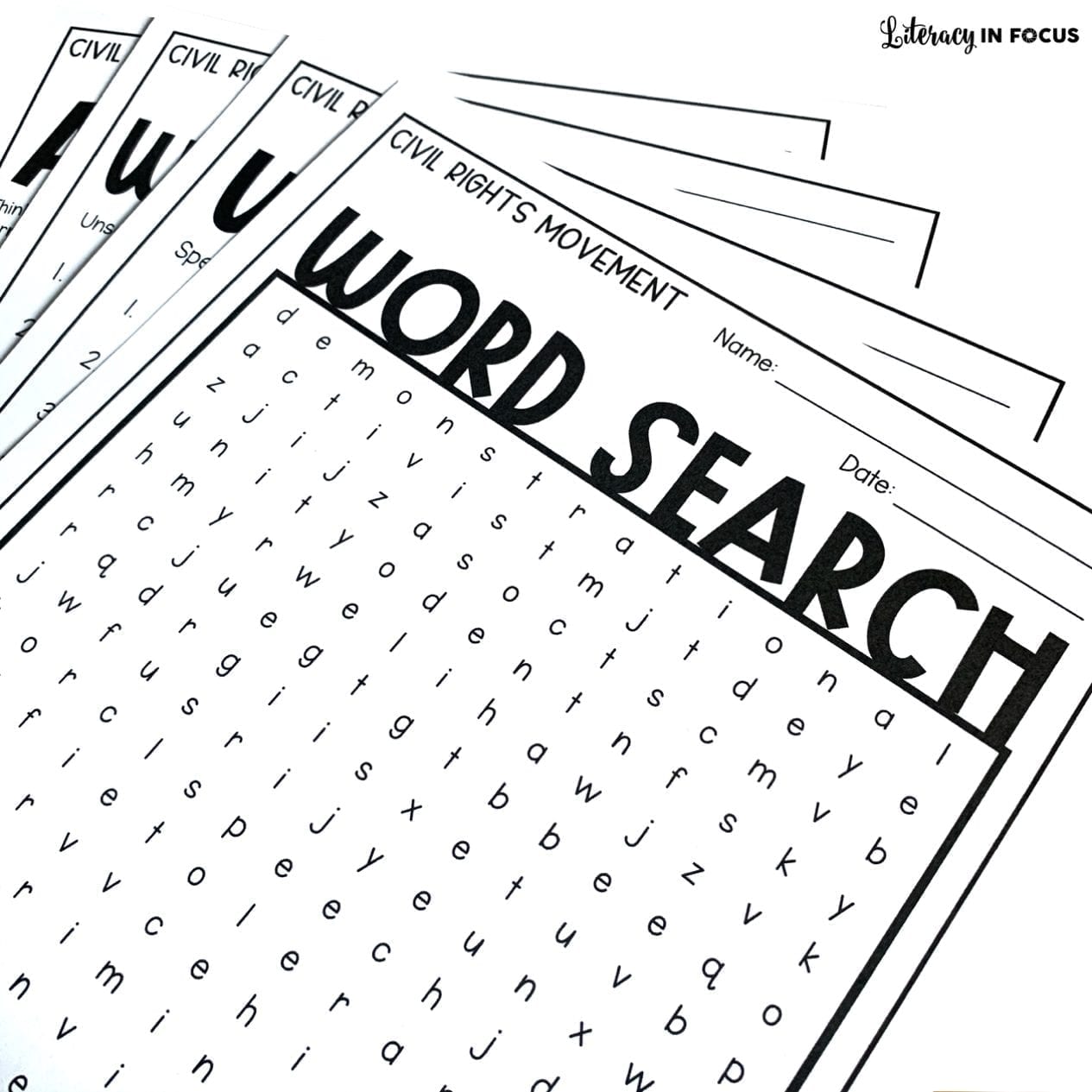
Station Five: Picture Books
Practice summary writing skills and focus on Martin Luther King using picture books. Picture books can serve as an effective teaching tool for a wide-range of students, and when you add in writing skills, you have a winning combination! According to Wendy Lukehart, Youth Collections Coordinator at the District of Columbia Public Library’s Penn Center, pictures are an immediate conduit to emotional connection. If you want people to really engage with a topic, whether you are publishing a newspaper, writing a blog, or teaching a class, show a picture from which a narrative can be inferred or imagined. In terms of the station activity, keep it simple. Require students to read one of the books from the selection provided at the learning station (book recommendations are listed below). After selecting and reading the picture book, have students write a summary of the text. Focusing on the 5Ws (who, what, when, where, and why) will help students avoid including extraneous information and keep their summaries concise. Click here to download a free graphic organizer that will help students craft their summaries. All of the books listed below will work well for this activity.
Martin Luther King Jr. (Little People, Big Dreams) By Maria Isabel Sanchez Vegara
A Picture Book of Martin Luther King, Jr. By David A. Adler
Happy Birthday, Martin Luther King By Jean Marzollo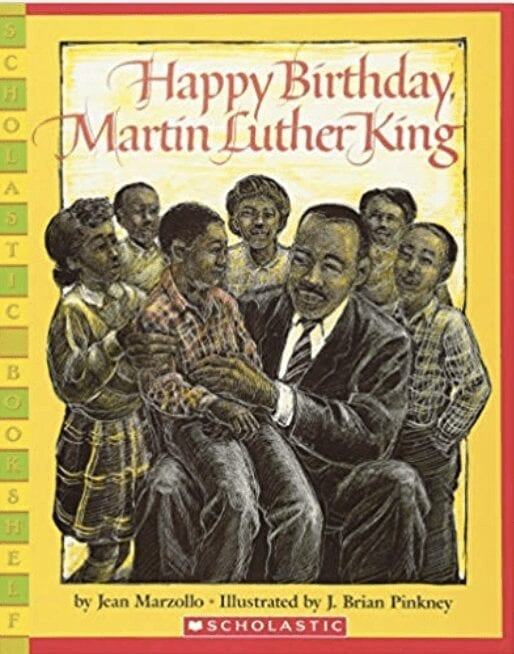
Martin’s Big Words By Doreen Rappaport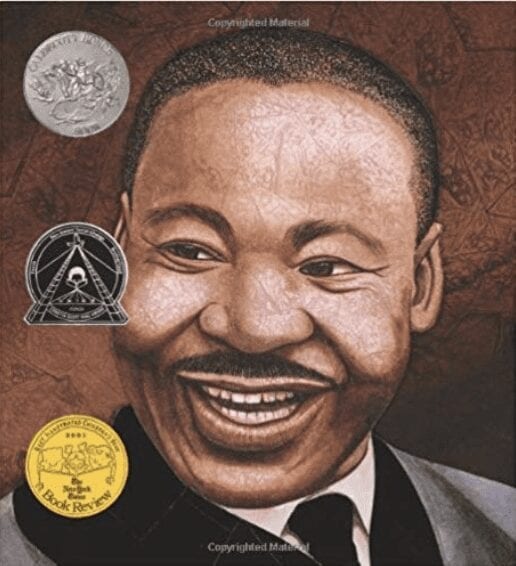
Station Six: Illustrated Timeline
Creating a timeline of the major events that took place during Martin Luther King’s life will provide students with a context for everything else they are learning. In order to do this, give students a mix of dates and events for them to put in chronological order. Adding an illustration to each timeline event will help to increase retention of the new information. You can make it easy on yourself and use the same biography students are using at the close reading station to locate the major events. Ten major events are probably enough to balance out the time at this station. A successful timeline activity will provide your students with a visual framework that supports learning. Even better, timelines can be created on paper or with the use of technology. There are many different options when it comes to timeline creation. For more on the benefits of student-created timelines click here.
In order to bring everything students learned full-circle, end the day by having students answer this question: Did Martin Luther King’s dream come true? You can require students to write their answers or hold a class discussion. Either way, it will give students a chance to apply and reflect on what they have learned.
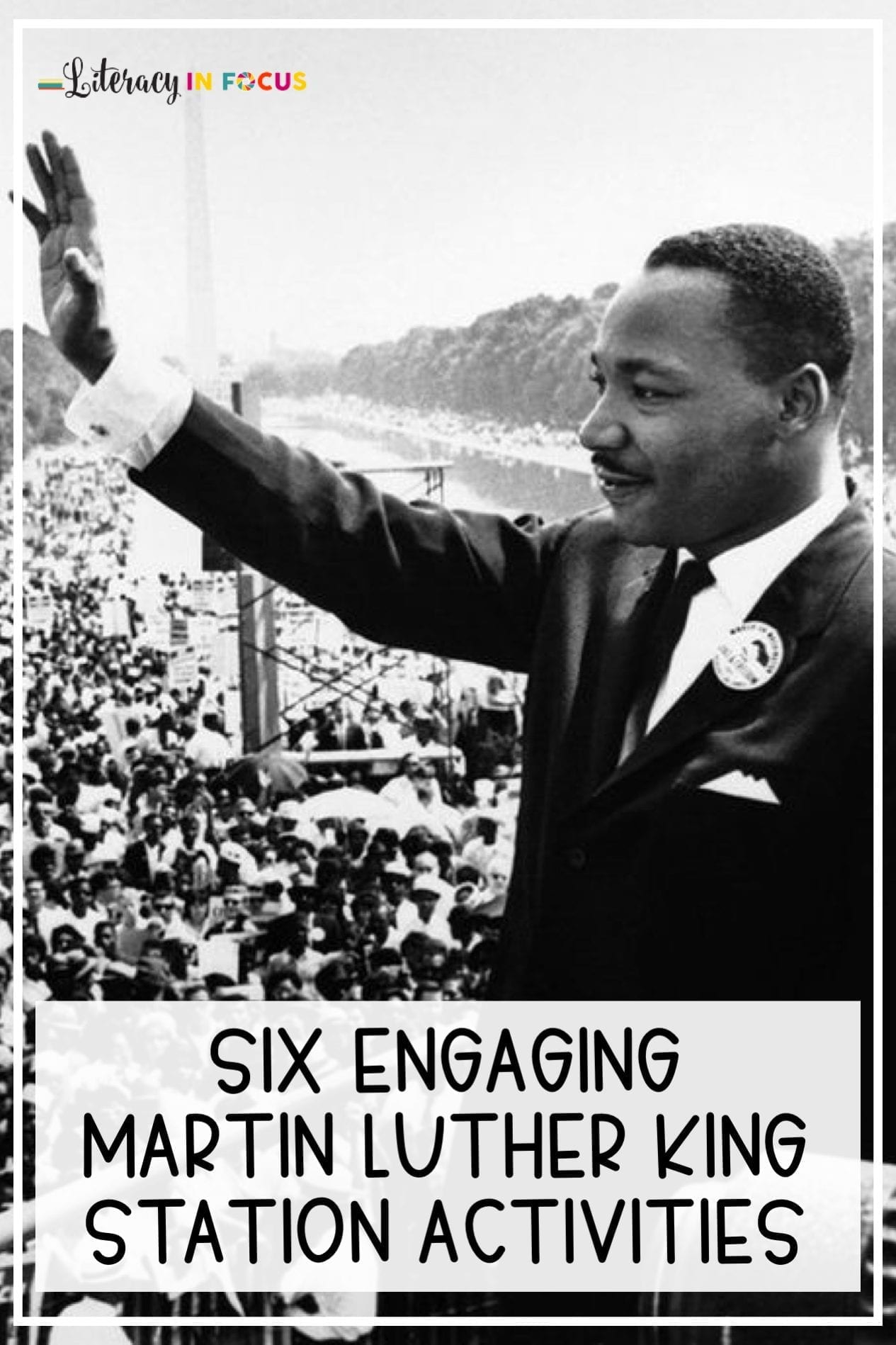
This post contains affiliate links. Click here to read my affiliate policy.
